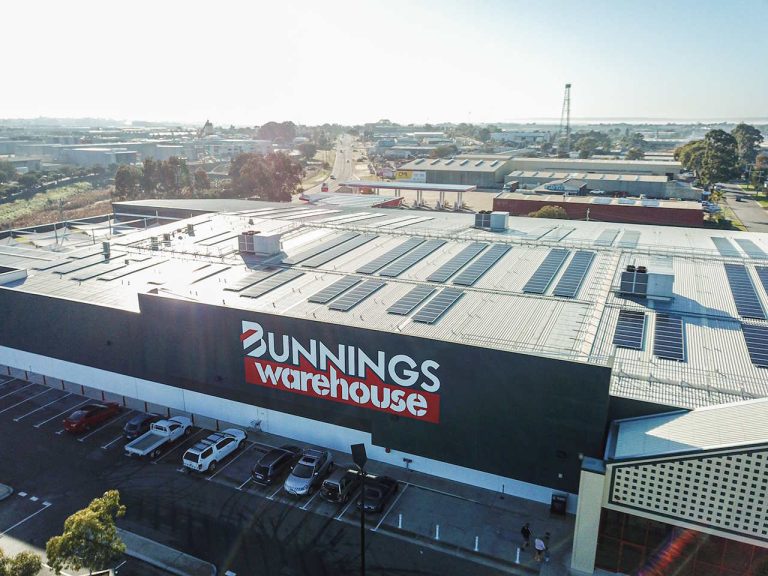Gulgong Solar Battery Project Faces IPC Review Amid Public Opposition
The Gulgong community in central western New South Wales is set to have another opportunity to express their views on a contentious renewable energy initiative, this time concerning a significant solar battery hybrid project.
The proposed Tallawang solar hybrid project aims to integrate a 500 megawatt (MW) solar farm with a DC-coupled battery energy storage system (BESS) capable of 500 MW/100 MWh. This setup will allow the facility to store solar energy on-site and supply it to the grid during peak evening hours.
Public Objections Prompt Further Review
This month, planners in New South Wales gave the green light to the project; however, the substantial number of public objections—54 out of 56 submissions received during the 2022 planning consultations—has led to a further review by the Independent Planning Commission (IPC).
Under New South Wales law, receiving more than 50 objections from anywhere in Australia is sufficient to escalate a renewable energy project to the final planning authority’s consideration.
Location and Development Context
The project, developed by RES, is situated within the state’s inaugural renewable energy zone, the Central West Orana (CWO) REZ. It is located adjacent to three other proposed large solar farms and four batteries at various stages of development, with additional solar farms and batteries not far away.
Utilising bifacial panels, which generate electricity from both sides, the project will also incorporate sheep grazing on-site.
Now owned by Potentia Energy, this project was among those announced shortly after the federal election, having secured access rights to the CWO in May this year.
Community Consultation Scheduled
The IPC is scheduled to engage with the Gulgong community once more on August 18, focusing on the planning department’s assessment that approved the project with specific conditions.
The Warrumbungle Shire Council has been a vocal opponent of this and other projects in the region, arguing that the cumulative impacts of numerous wind, battery, and solar initiatives have not been adequately assessed.
Although the Tallawang project is not located within the council’s jurisdiction, concerns have been raised regarding who would be responsible for local road maintenance, workforce accommodation, and waste management.
Assessment of Cumulative Impacts
Despite these concerns, state planners concluded that the staggered construction timelines of the six BESS projects and four solar farms would not significantly impact the local community. The Department stated, “The Department has also considered the potential cumulative impacts with other developments in the region and considers that there would be no significant cumulative traffic, visual or noise impacts due to distance, different haulage routes and capacity of the road network following the proposed intersection upgrade.”
Additionally, the inclusion of a temporary workers accommodation facility is expected to alleviate potential cumulative impacts on local traffic and housing.
Community Feedback Breakdown
Among the submissions received, nine came from residents living within 5km of the project, 18 from individuals or groups located 5km to 100km away, 24 from those more than 100km distant, and three submissions did not specify their location.
Local feedback primarily centred on the potential effects of the solar farm on the community, while submissions from further afield raised broader issues such as the reliability of renewable energy, loss of agricultural land, and current policies in New South Wales and nationally regarding these impacts.
In response to community concerns, RES has indicated plans to construct on-site accommodation for up to 400 workers during peak construction periods.
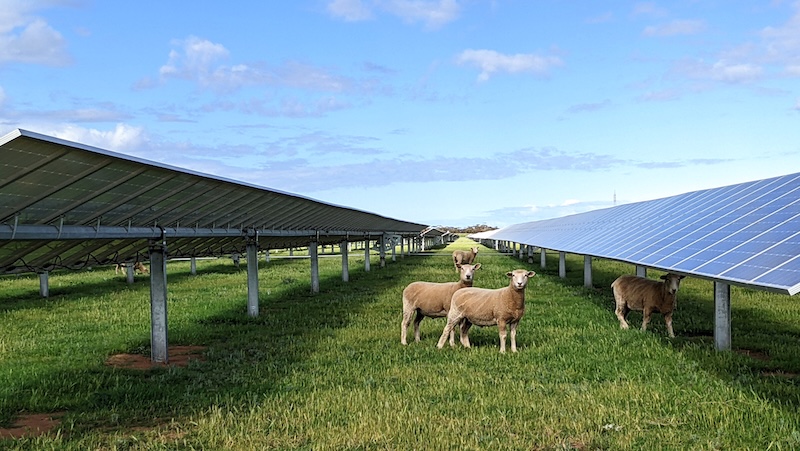
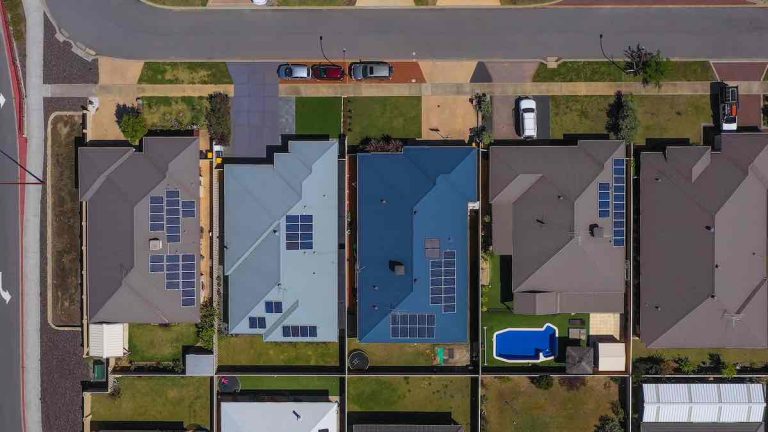
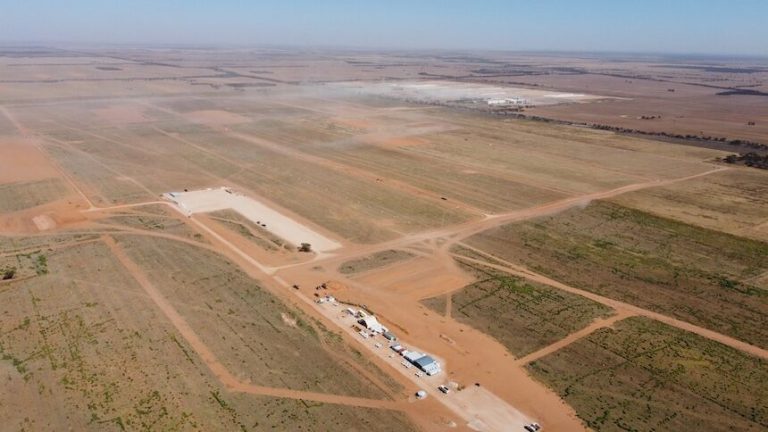
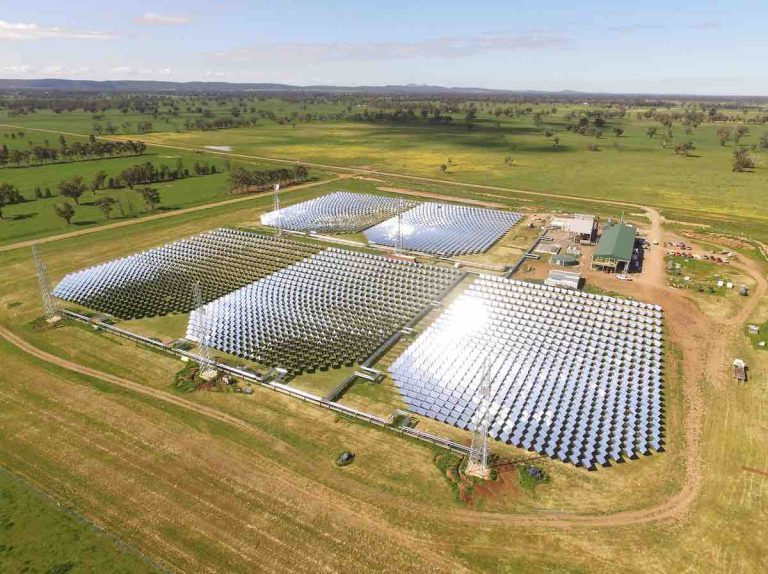
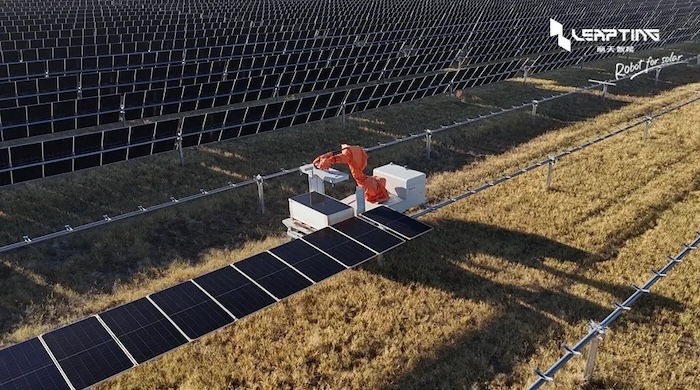
67-768x443.jpg)
